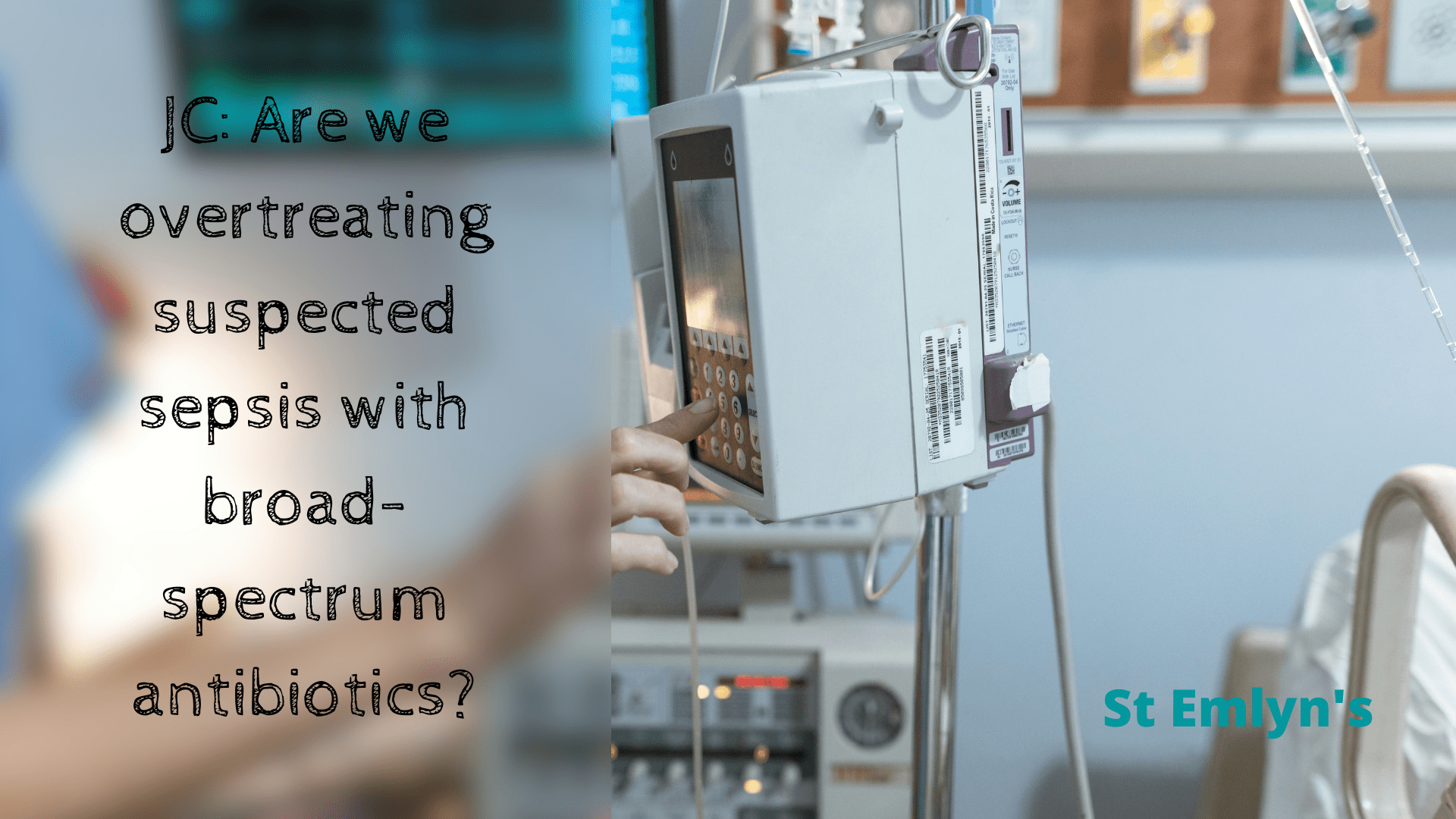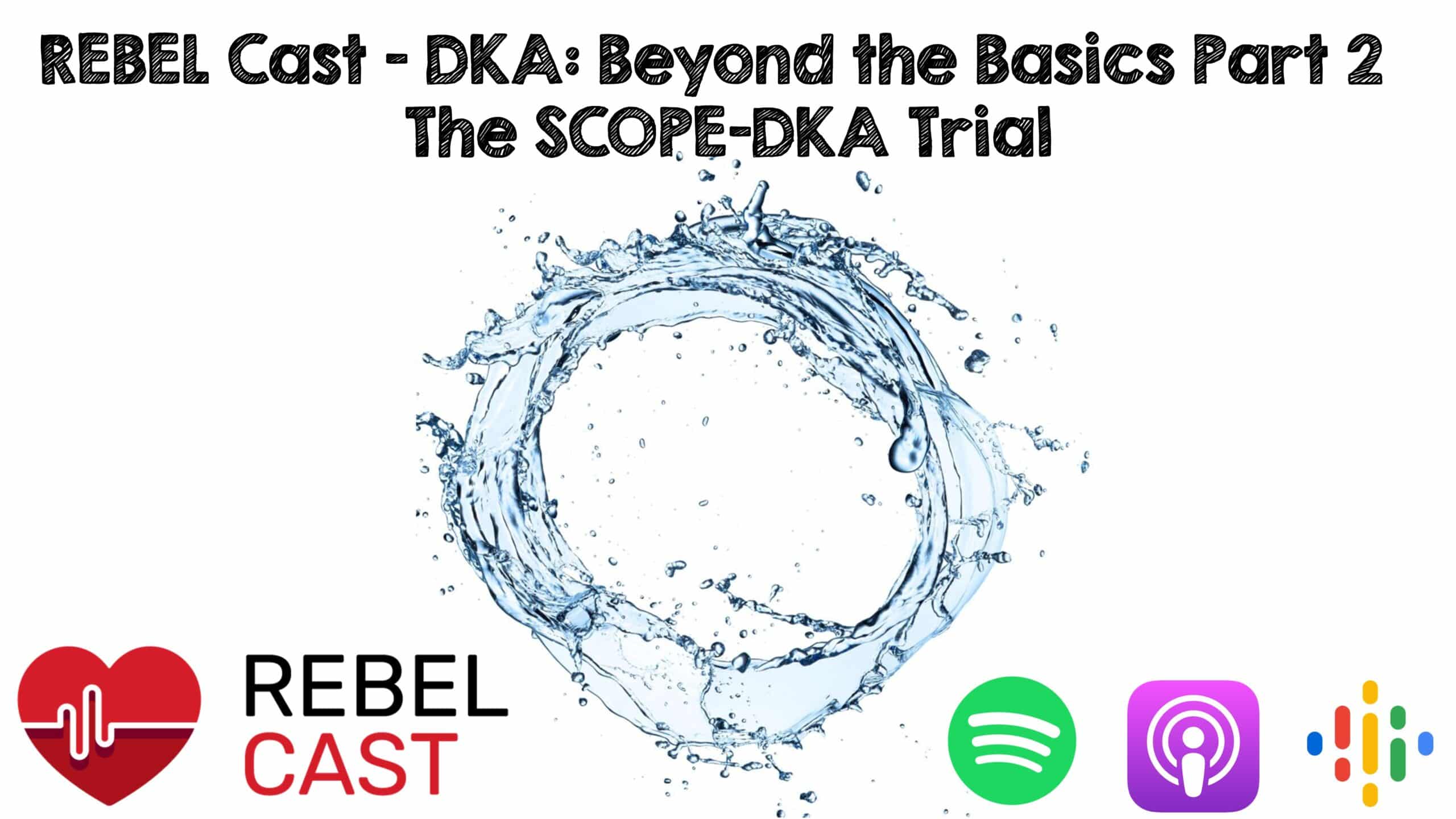
ACEP has joined forces with the Emergency Medicine Business Coalition (EMBC) — a growing network of 46 independent democratic groups representing seven million emergency department visits annually — to launch the Independent EM Group Master Class. Also known as Indy Class, this training conference is held each February at the ACEP Headquarters and bridges the gap between clinical excellence and business acumen. Indy Class serves as a vital forum where emergency medicine business leaders share best practices, collaborate on innovative solutions, and support those launching independent practices.
Starting a new emergency medicine group is both exciting and complex. Beyond clinical care, new practice owners must establish essential vendor relationships, including accountants, legal counsel, human resources consultants, insurance providers, and revenue cycle management firms. This operational infrastructure is critical to long-term success — and one of its most vital components is insurance.
Owning a small business takes passion, vision, and tolerance for risk. Although challenges are inevitable, comprehensive insurance coverage allows you to prepare for the unexpected. It protects your practice from financial loss, builds trust with partners, and ensures business continuity.
Here’s a breakdown of the most important insurance types that every emergency medicine group should consider:
1. Short-Term Disability Insurance (STD): STD insurance covers a portion of a physician’s or employee’s income if they are temporarily unable to work because of illness, injury, or childbirth. This insurance often serves as a bridge before long-term disability coverage begins.
STD key components:
- Elimination period: Benefits begin after a short waiting period, usually zero to 14 days.
- Coverage duration: Most STD plans last between six and 26 weeks, with 12–13 weeks being the most common duration.
- Benefit amount: Typically provides up to $2,500/week in income replacement.
- STD policies may require people to exhaust sick leave or paid time off first.
- Maternity benefits: Often six to eight weeks of coverage
2. Long-Term Disability Insurance (LTD): LTD insurance provides income replacement for employees who remain unable to work after their STD coverage lapses. Most physicians maintain an individual LTD policy that offers consistent protection throughout their careers, regardless of job changes. Adding a group LTD policy on top of that provides an extra layer of income protection—often at a relatively low cost—that helps close any gaps in salary replacement.
LTD key components:
- Elimination period: Typically 60 -180 days.
- Benefit duration: Can last for years or until retirement, depending on the plan.
- Own-occupation and same-specialty coverage: For physicians, especially those in high-skill fields like emergency medicine, having “own-occupation” LTD insurance with same-specialty protection is critical. This type of policy ensures that if physicians become disabled and can no longer perform the specific duties of their medical specialty, they will still receive benefits—even if they are able to work in another capacity or field. For physicians, this tailored coverage isn’t just a benefit — it’s a necessity.
- Benefit amount: Coverage typically around $10,000/month in income replacement.
For both STD and LTD policy, who pays the premiums matters, When physicians pay their premiums with after-tax dollars deducted from their paychecks, any LTD benefits they receive is generally tax-free income. However, if the business pays the premiums — or if the physician pays them with pre-tax dollars — the benefits are usually taxable income. Choosing to cover your own LTD premiums out of pocket may result in a slightly higher upfront cost, but it provides critical financial protection down the road, helping you maximize your income when you may need it most.
3. Cyber liability insurance: Emergency medicine groups operate in high-pressure, high-volume environments with constant access to sensitive patient data and shared hospital systems. A cyberattack can not only compromise patient privacy but also disrupt critical operations and expose your group to regulatory and legal consequences. A well-structured cyber policy can help protect your group from financial losses, legal liability, and reputational harm in the event of a cyberattack, data breach, or system failure.
Cyber Policy key components:
- Data breach response coverage: Covers the costs of notifying patients, providing credit monitoring, and managing public relations after a breach of protected health information (PHI).
- Regulatory fines and penalties: Provides coverage for HIPAA-related investigations and civil fines after a data breach or unauthorized disclosure of patient data.
- Business interruption coverage: Reimburses lost income and additional expenses incurred because of system downtime caused by a cyberattack, ransomware, or network failure.
- Ransomware and cyber extortion: Covers ransom payments, negotiation services, and the cost of restoring systems and data after an attack.
- Network security and privacy liability: Protects against third-party claims resulting from unauthorized access to patient records, malware distribution, or denial-of-service attacks.
- Electronic health records (EHR) protection: Ensures coverage extends to your group’s EHR platform and integrations with hospitals or telehealth companies.
- Social engineering and phishing fraud: Covers financial losses resulting from staff being tricked into transferring funds or divulging sensitive data through deceptive emails or calls.
- Forensic investigation and legal support: Pays for IT forensics to determine the cause and scope of a breach, as well as legal counsel to handle compliance, liability, and patient communications.
4. Directors and Officers insurance (D&O): Directors and Officers insurance is an essential risk management strategy for emergency medicine groups, particularly those with physician-led leadership or operating as independent democratic practices. It safeguards the personal assets of individuals in leadership roles against claims arising from decisions made in their official capacity.
D&O key components:
- Broad definition of insureds: Extending coverage beyond the board to encompass medical directors, managing partners, officers, and committee members, ensuring comprehensive protection for all key decision-makers within the organization
- Employment Practices Liability (EPL): Coverage for claims related to wrongful termination, discrimination, harassment, or retaliation, which are common sources of litigation in health care settings.
- Coverage for regulatory and administrative actions: Including defense and settlement costs for claims brought by regulatory bodies, such as state medical boards, the Centers for Medicare and Medicaid Services, or the Department of Justice. This is very important given increasing scrutiny of billing, coding, and compliance in emergency medicine.
- Third-party claims coverage: Protects against lawsuits brought by vendors, hospital systems, or competitors alleging mismanagement, breach of contract, or negligence in governance.
- Entity coverage: Includes the emergency medicine group itself, not just the individual leaders, for claims alleging organizational mismanagement or financial misconduct.
- Claims-made coverage with retroactive dates: Ensure policies are claims-made with adequate retroactive dates to cover past acts during prior leadership terms.
- Legal defense costs: Legal fees should be covered outside of policy limits, so defense costs don’t erode the total payout available for settlements or judgments.
- Severability and non-imputation clauses: Protects innocent board members if one is found to have engaged in misconduct or misrepresentation.
5. Workers’ Compensation Insurance (Worker’s Comp): Workers’ Comp insurance is legally required in most states and covers medical expenses and lost wages for employees injured on the job. It also protects your business from potential lawsuits related to workplace injuries.
Worker’s Comp key components:
- Medical expense coverage: Covers the full cost of necessary medical treatment related to a work injury or illness, including hospital visits, surgery, prescription medications, physical therapy, and ongoing care.
- Wage replacement (disability benefits): Provides partial income to employees who are unable to work because of a job-related injury.
- Temporary Total Disability (TTD): For employees who can’t work at all for a limited period.
- Temporary Partial Disability (TPD): For employees who can work in a limited capacity while recovering.
- Permanent Total Disability (PTD): For employees permanently unable to return to any kind of work.
- Permanent Partial Disability (PPD): For permanent impairments that don’t completely prevent work.
- Rehabilitation benefits: Covers costs related to physical rehabilitation and, if needed, vocational training to help the injured employee return to work.
- Death benefits: Provides financial support to the family or dependents of a worker who dies because of a job-related incident. This typically includes funeral expenses and ongoing survivor benefits (usually a percentage of the deceased worker’s wages).
- Employer liability coverage: Protects the employer against lawsuits filed by employees (or their families) alleging negligence. Although workers’ comp typically prevents employees from suing, employer liability covers exceptions not barred by law.
- Legal fees: If a claim is disputed or leads to legal action, the policy often includes coverage for defense costs and settlements.
Unexpected events—like illness, accidents, cyberattacks, or legal disputes—can quickly derail a small business. Insurance acts as a financial safety net, helping you recover and continue operations. More importantly, it shows customers, employees, and stakeholders that you take your responsibilities seriously.
Insurance isn’t just a cost. It’s an investment in your business’s stability and future success.
 Dr. Maurer has served as a physician partner with Emergency Medicine Specialists since 2011 and is a leader in a variety of organized medicine entities at the state and national level; she currently works as the CEO of ConsensioHealth RCM.
Dr. Maurer has served as a physician partner with Emergency Medicine Specialists since 2011 and is a leader in a variety of organized medicine entities at the state and national level; she currently works as the CEO of ConsensioHealth RCM.
 Dr. Hoper is an emergency physician partner and leader at East Central Iowa Acute Care (ECIAC), an independent democratic group that staffs emergency departments in Eastern Iowa. She is the chair elect of the Emergency Medicine Business Coalition (EMBC).
Dr. Hoper is an emergency physician partner and leader at East Central Iowa Acute Care (ECIAC), an independent democratic group that staffs emergency departments in Eastern Iowa. She is the chair elect of the Emergency Medicine Business Coalition (EMBC).









